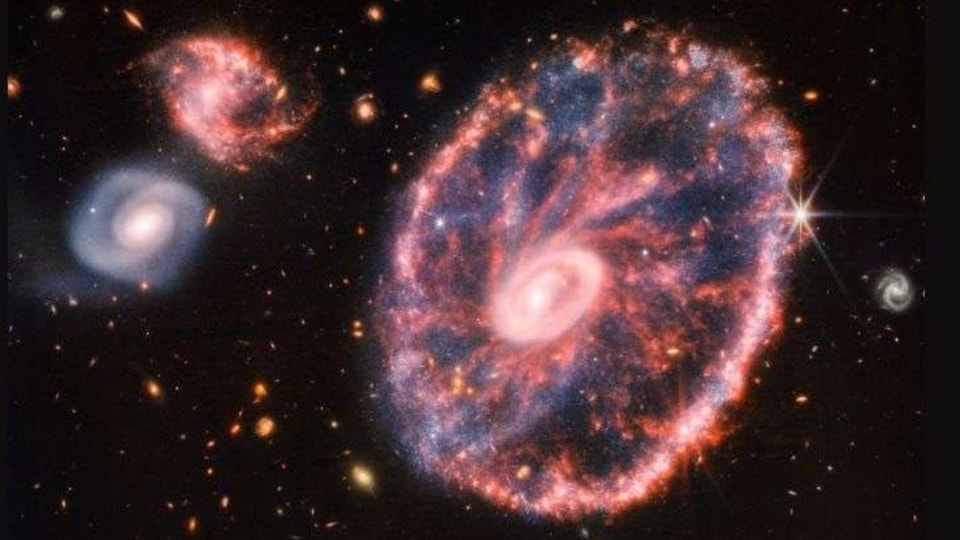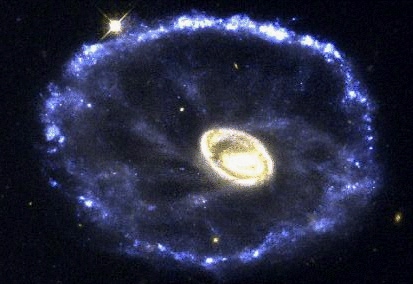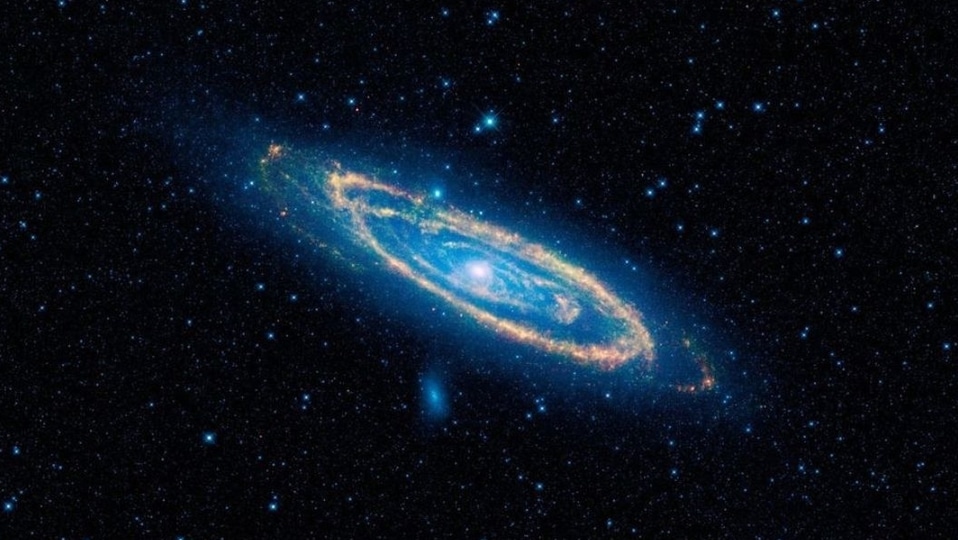India's AstroSat telescope makes awesome discovery in space
This new study by an international team of scientists using India's AstroSat data has found evidence about how a dwarf galaxy evolves into a mature galaxy. Read more.



_1659528105742_1659528125441_1659528125441.jpg)


 View all Images
View all ImagesHow do galaxies evolve? How do new planets and stars form in a galaxy? These and many other such questions keep astronomers and scientists hooked to various space telescopes to get the answers and notably India's AstroSat telescope has helped push the boundaries of research much farther. In the latest development, a new study by an international team of researchers has observed a dwarf galaxy and this has opened a window to find out how these galaxies evolved from a dwarf state to a mature one. Dwarf galaxies orbit larger galaxies such as the Milky Way Galaxy, which is home to a few billion stars, unlike large galaxies which can contain hundreds of billions of stars. The study was published in the journal Nature.
Earlier, research had suggested that some dwarf galaxies may evolve to become mature galaxies. Though, there wasn't enough evidence and information about how these dwarf galaxies evolve from miniature form to a mature galaxy. Now, this new study while using India's first dedicated multi-wavelength space observatory, AstroSat, focused on several blue compact dwarf galaxies. These dwarf galaxies are estimated to be approximately 1.5 to 3.9 billion light-years from Earth. Also read: WARNING! Increasing Solar Storms put satellites at risk
How do Galaxies evolve
An international team of astronomers used the ultraviolet imaging AstroSat telescope to look for the evidence of the star formation in these galaxies. The results were surprising! The researchers found that there is movement of material from the outer edges towards the centre of 11 observed dwarf galaxies from a sample of distant Blue Compact Dwarf (BCD) galaxies. According to the study, this accretion of material towards the inner part of the galaxy would lead to the creation of new stars and other bodies such as planets or moons.
This process of moving material from the outer edges towards the centre is due to the torque from gas and stellar complexes. However, these findings were the result of the analysis of 17 long hours of data collected from AstroSat.
Though, researchers suggest that this observation is just a baby step toward understanding how dwarf galaxies evolve to become mature galaxies and how they give birth to new planets and stars within them.
Catch all the Latest Tech News, Mobile News, Laptop News, Gaming news, Wearables News , How To News, also keep up with us on Whatsapp channel,Twitter, Facebook, Google News, and Instagram. For our latest videos, subscribe to our YouTube channel.































